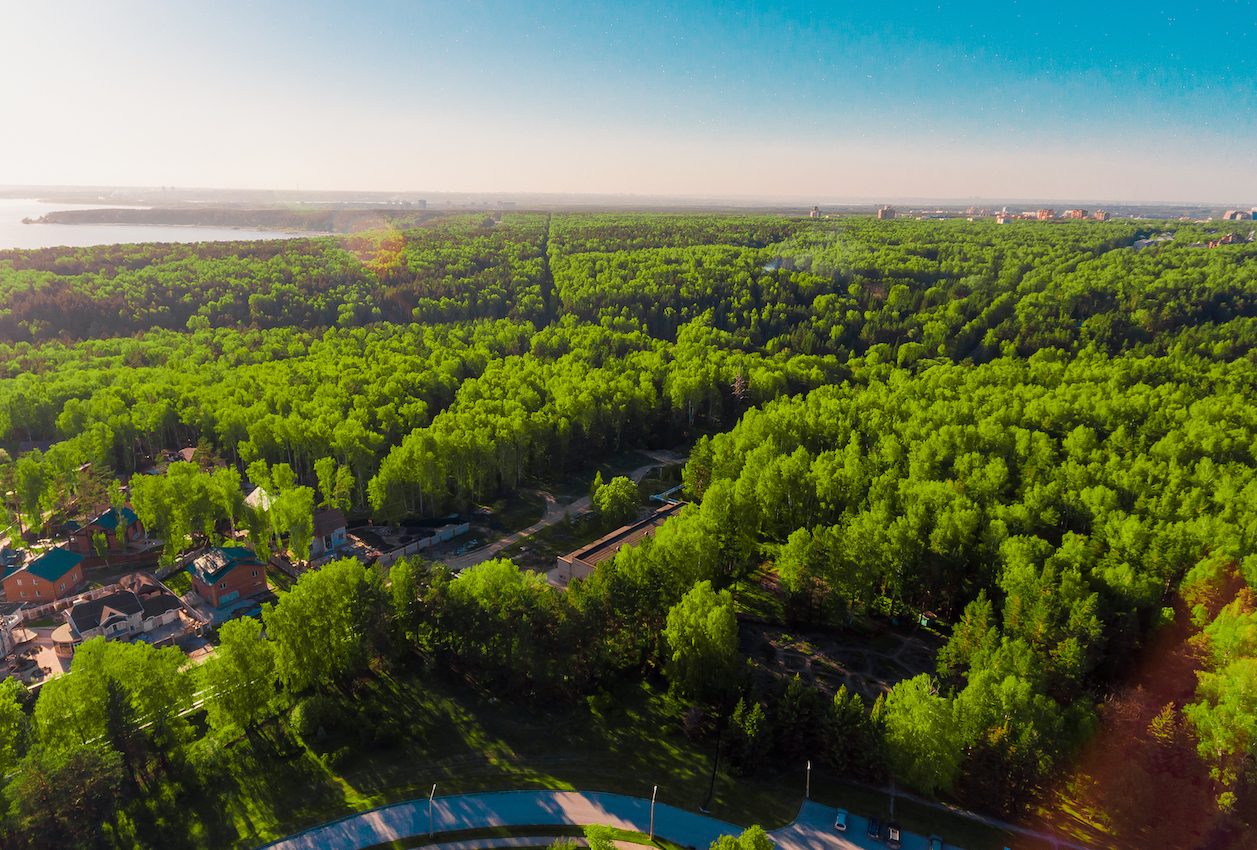
Areas with more trees and greenspace spend less money on Medicare costs
Previous research has shown how spending more time out in nature helps boost mental health and wellbeing. But now, a new study has found that areas with more trees and greenspace spend less money Medicare costs.
While the research does not prove a direct cause and effect between lower healthcare spending and greenspace, but the findings further emphasize the positive impact of living in areas with ample access to nature.
The study was conducted by researchers from the University of Illinois and published in the journal Urban Forestry and Urban Greening.
“Previous studies have looked at any health outcomes people think might be linked to nature: depression, cardiovascular disease, physical activity levels, even recovery from surgery,” said Douglas Becker, University of Illinois graduate student and leader of the research. “But there is also a lot of work – including experimental work, which we consider to be the strongest – showing a link between exposure to green space and beneficial health effects.”
For the study, Becker and colleagues reviewed and analyzed environmental and health data from 3,806 counties in the continental U.S.
To assess the volume and type of greenspace present in each county, data was collected from the National Land Cover Database which shows how much forest, open space, grassland, and urban developed space cover a 30-meter square plot in a county.
The researchers then took these plots and matched them to Medicare spending data for that county.
“We took the average of different types of land cover and the per capita Medicare spending in a county and compared these two while controlling for several socioeconomic and demographic factors like age, sex, race, median household income, health care access, and health behaviors,” said Becker.
For each county, one percent of forest land cover was linked to $4.32 in Medicare savings per person, per year, and this held true even when accounting for different factors the researchers found.
“If you multiply that by the number of Medicare fee-for-service users in a county and by the average forest cover and by the number of counties in the U.S., it amounts to about $6 billion in reduced Medicare spending every year nationally,” said Becker.
Forest and shrub cover had the most positive impact, and the researchers did not identify any links between lower Medicare costs and other types of agricultural or open space land cover.
Becker will continue to research this relationship and next plans to focus and individual and health and environmental data.
—
By Kay Vandette, Earth.com Staff Writer
Paid for by Earth.com













